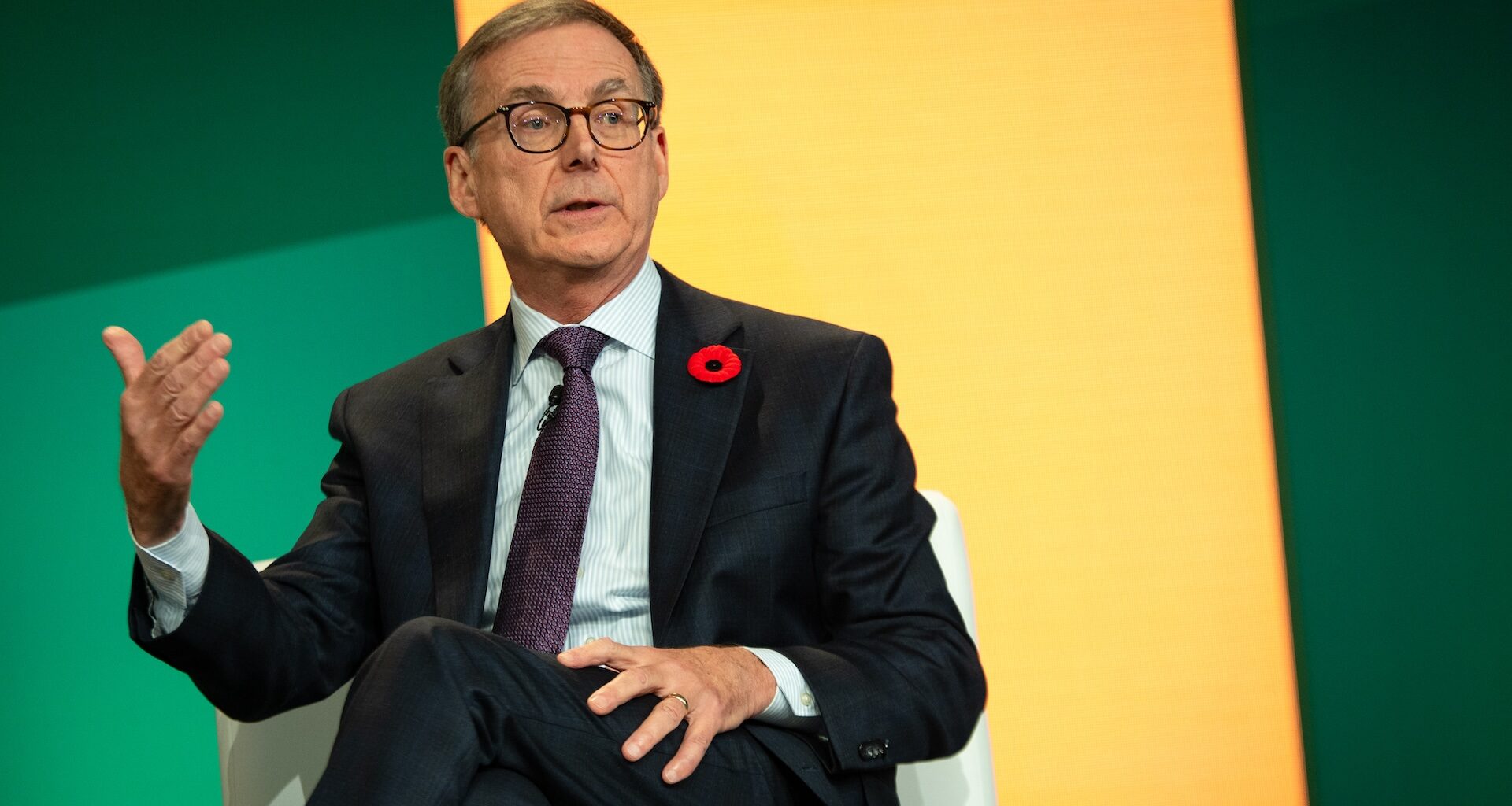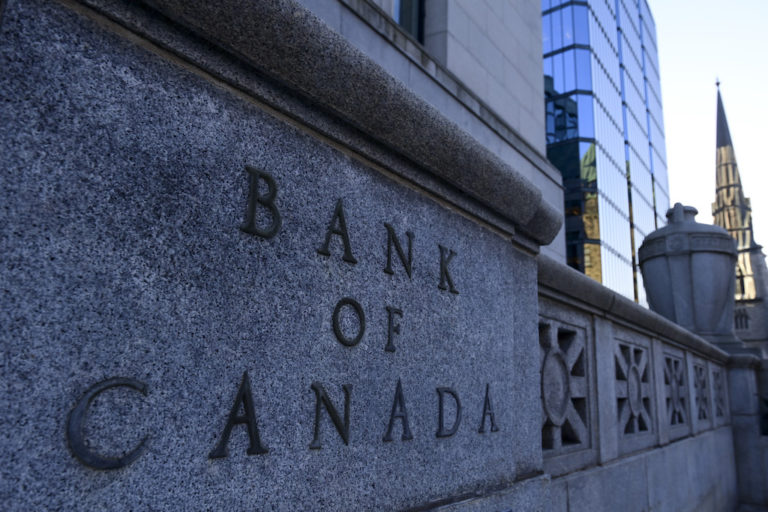Ottawa is confident the Bank of Canada can take on new oversight roles for open banking and stablecoins even as it prepares to cut about 10 per cent of its staff, Finance Minister François-Philippe Champagne said in Toronto on Thursday.
Speaking to reporters at an event following Tuesday’s release of the federal budget, Champagne said the government consulted with the central bank to make sure it had the capacity to take on the new responsibilities. The Department of Finance chose to give the Bank of Canada supervision because Canadians trust it, he said.
Talking Points
The day after the Liberal government tabled the budget announcing the Bank of Canada’s new oversight of open banking and stablecoins, the central bank confirmed it has agreed to trim its spending by 15 per cent from 2026 to 2028 and cut 10 per cent of its workforce
The central bank must now manage hefty new responsibilities—affecting competition, financial system safety and monetary sovereignty—with fewer resources than it had before
“If you want to have adoption and innovation, you need to build trust,” Champagne said. “The Bank of Canada is the most trusted institution in our country when it comes to the stability of the financial sector.”
The day after the government tabled the budget announcing the Bank of Canada’s expanded mandate, the central bank confirmed it has agreed to trim its spending by 15 per cent from 2026 to 2028 and cut 10 per cent of its workforce, around 230 jobs, by June. That means the institution will have to figure out how to manage expanded responsibilities over areas that affect competition, financial system safety and monetary sovereignty while working with fewer resources than it had before.
Related Articles
The federal Liberals announced in the budget that they will shift oversight of open banking, a forthcoming framework requiring financial-services businesses to share data at a customer’s request to power payments and services, away from the Financial Consumer Agency of Canada (FCAC), a relatively little-known federal consumer watchdog. The budget also put the Bank of Canada in charge of anticipated new legislation for stablecoins, crypto assets pegged to the value of the dollar, that are increasingly used for everyday payments since the U.S. introduced its own legislation regulating them in July.
Notwithstanding the impending spending cuts, the budget does provide some sources of funding to the Bank of Canada for its new responsibilities. Ottawa will let the Bank of Canada keep $19.3 million in revenue over two years that it would have normally remitted to the federal government to fund its new oversight of open banking, and an additional $10 million to fund its oversight of stablecoins. The 2024 Fall Economic Statement had allocated $36.9 million to the FCAC for open banking, which will no longer be spent, the budget said.
In an email, the Bank of Canada’s executive director of payments, supervision and oversight Ron Morrow said “it’s too early to say” what the funding and staffing requirements of its new functions will be. He said the central bank’s experience in setting up regulations around payment companies, which announced its first batch of registrants in October, will be helpful. “The Bank of Canada is well-placed to take on these mandates,” he said.
The move gives the central bank more control over the many non-bank companies that increasingly power online payments and other financial services. The Bank of Canada also took on supervision of Interac’s e-Transfer system in 2020 and oversees Payments Canada’s yet-to-launch instant payments system.
All these systems could create friction between startups and the legacy financial players they seek to disrupt—a potential minefield for an institution that’s supposed to be staunchly independent from politics. Morrow and Champagne didn’t directly address questions about how the Bank of Canada will navigate these tensions while remaining politically neutral.
Geoff White, former executive director of the Public Interest Advocacy Centre, a consumer protection non-profit, said he’s also concerned that the Bank of Canada lacks the FCAC’s consumer protection mandate. It’s not clear where consumers are supposed to take complaints about stablecoins, open banking or payment companies, he said. “If FCAC is getting money pulled back to do work in this area, and the Bank of Canada is saying, ‘Well, we don’t really do consumer protection,’ what’s going to happen?”
Asked whether consumers will have sufficient protection with open banking under the Bank of Canada’s jurisdiction, the FCAC deferred to the Department of Finance. Deputy spokesperson Marie-France Faucher said the FCAC “will maintain its mandate for financial literacy, including helping Canadians understand how to safely share their financial data” under open banking.
Parna Sabet-Stephenson, who leads the financial services and technology teams at Gowling WLG, said in an email that the FCAC will still be well-positioned to protect consumers and drive education and awareness of open banking. She said her clients are happy to see the Bank of Canada bring more fintech regulation under its umbrella, because they’ve had positive experiences working with the institution.
Working with a single organization will also cut red tape, she said. For example, companies applying to use open banking and the Real-Time Rail will only have to undergo one national security review. “This is a positive and timely step forward,” she said.



